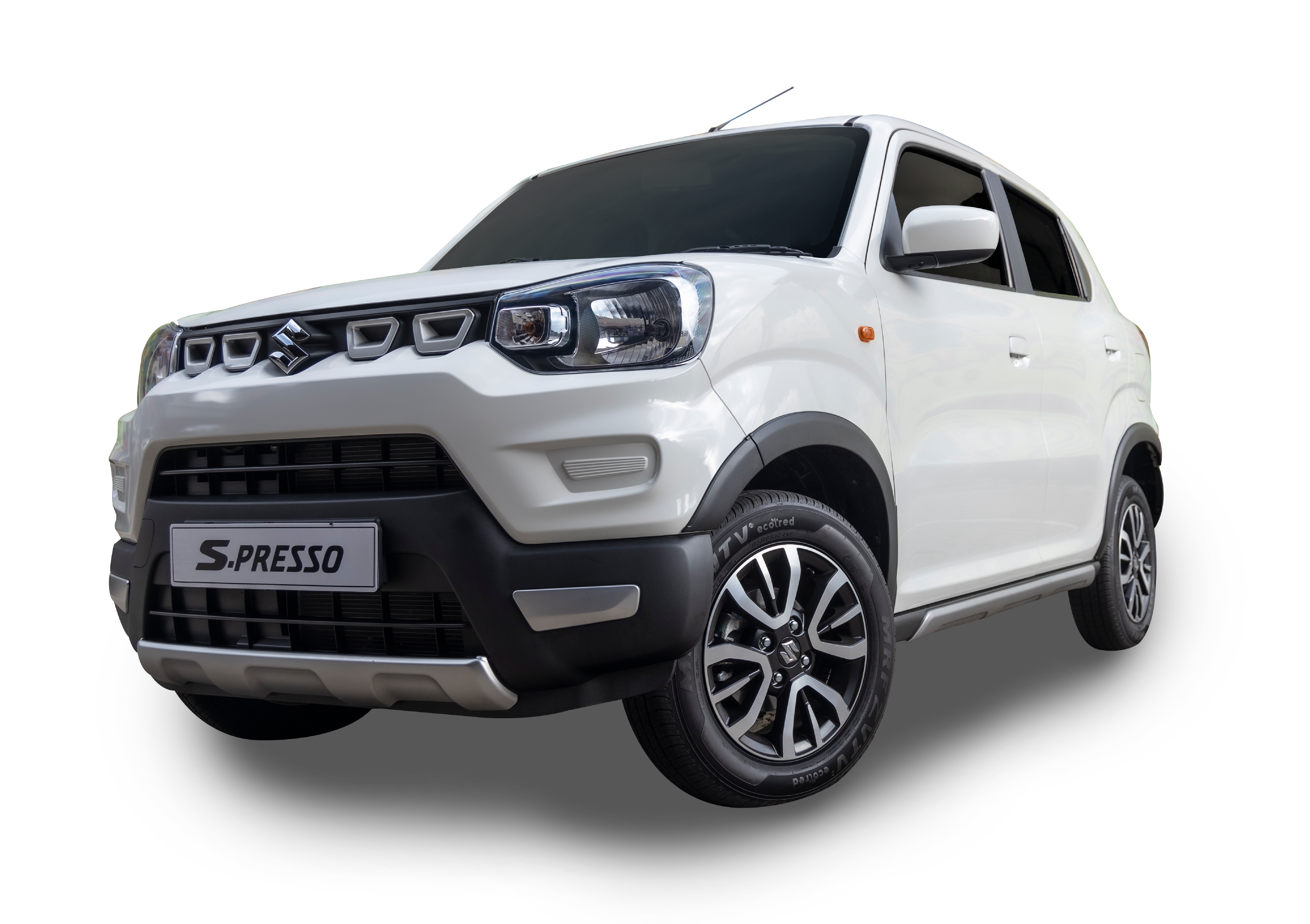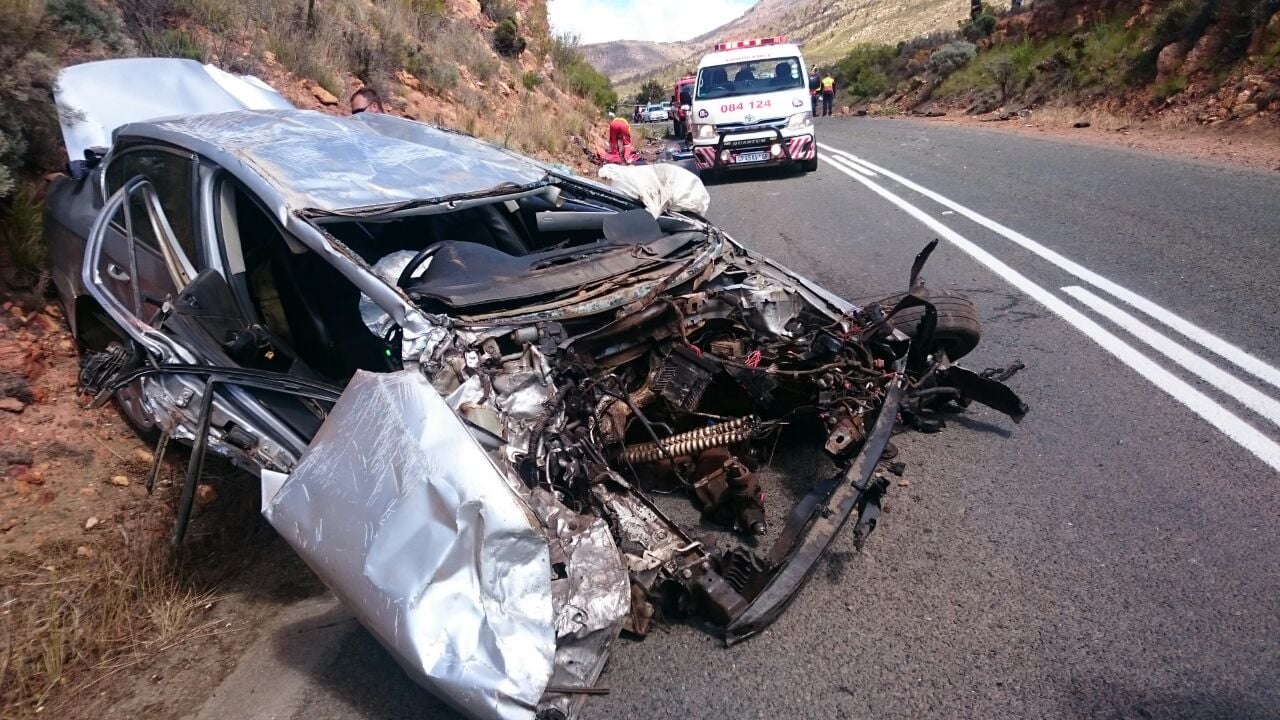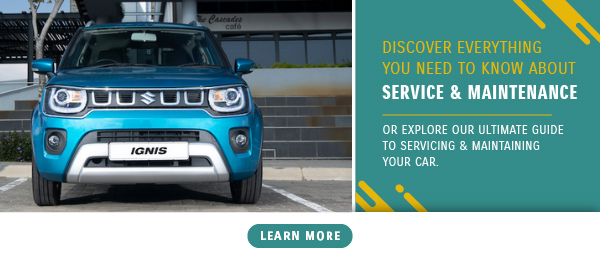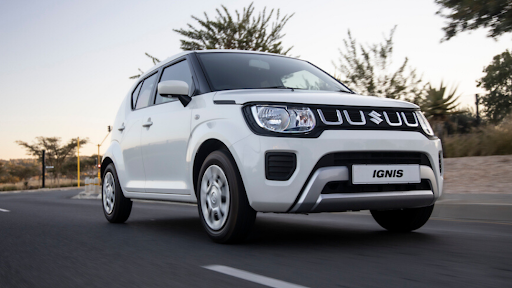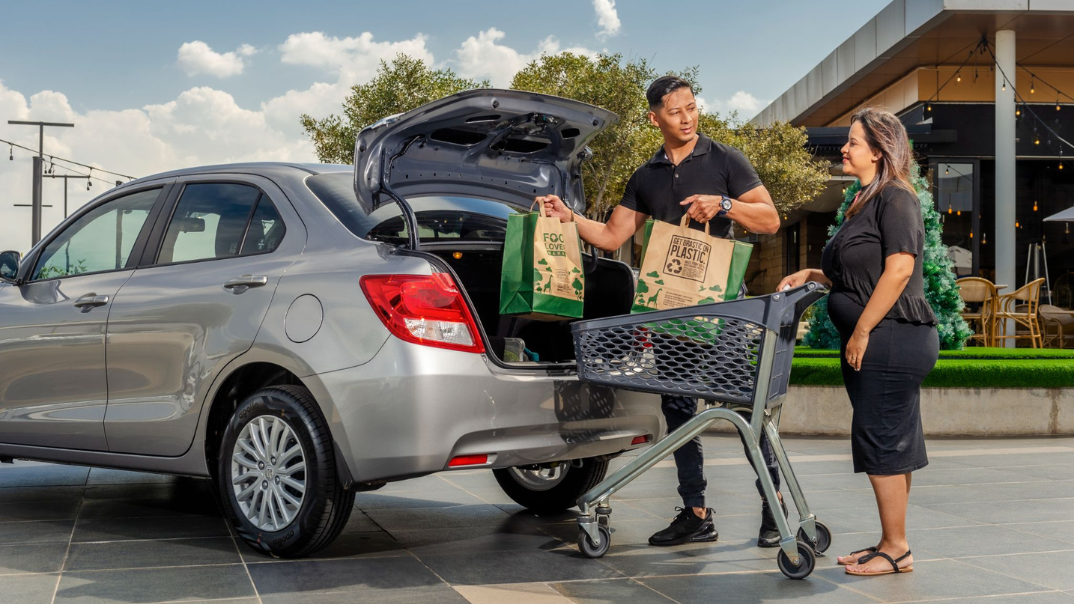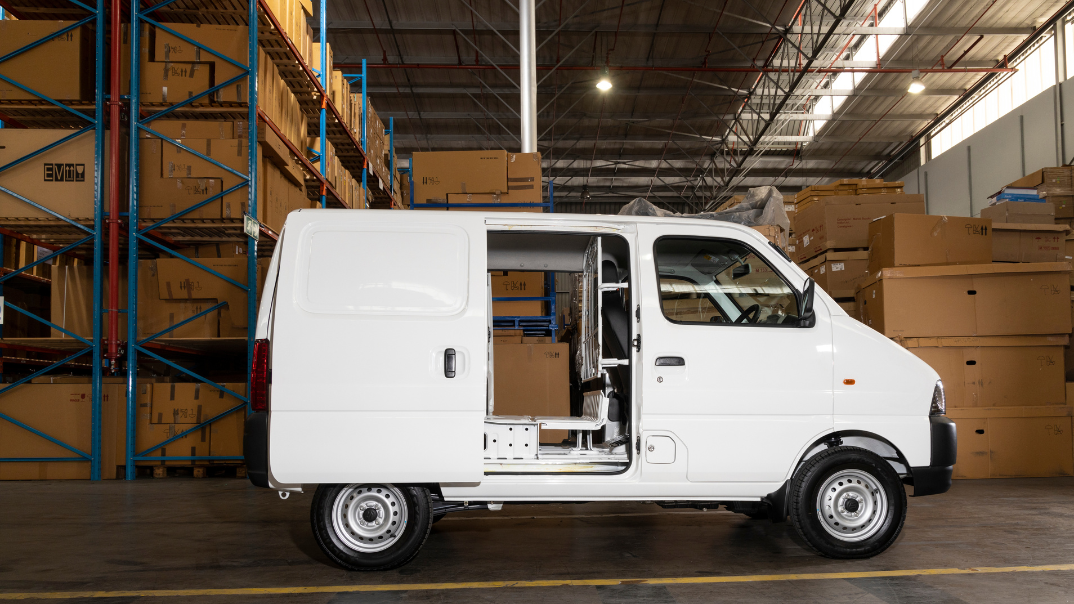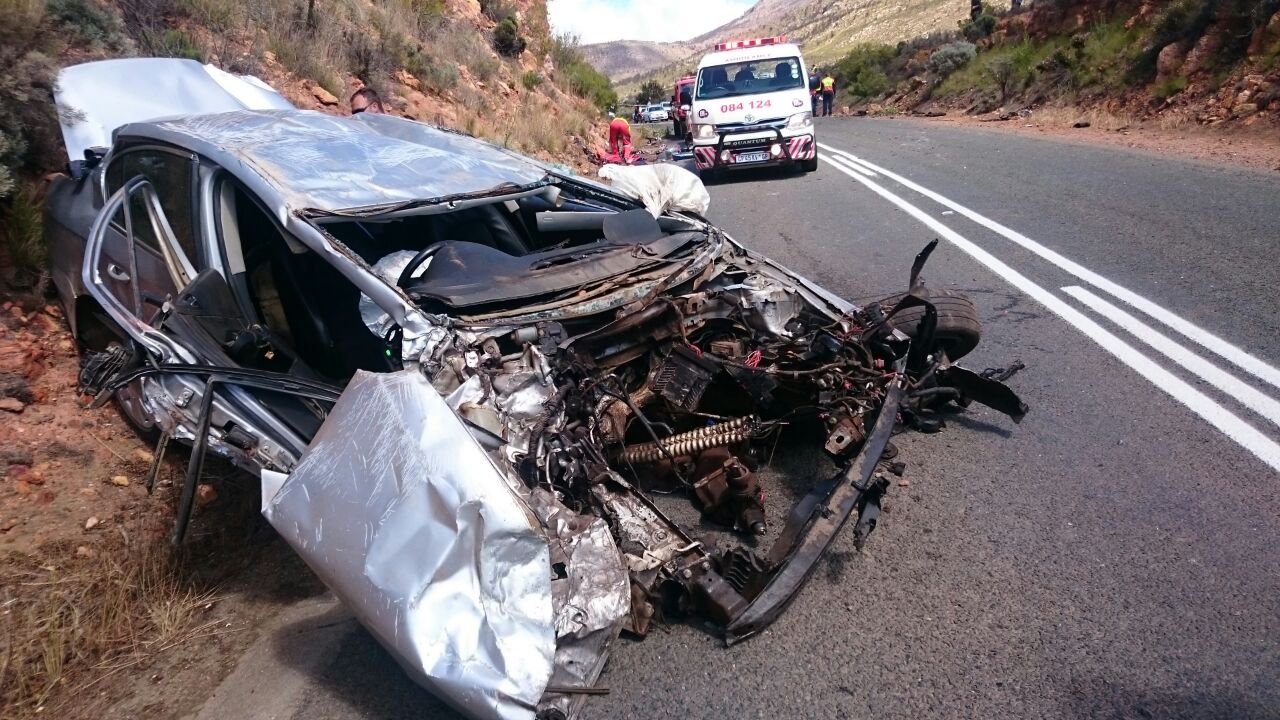 South African road fatalities are some of the highest in the world. These simple driving tips will help keep you and your loved ones safe on the roads.
South African road fatalities are some of the highest in the world. These simple driving tips will help keep you and your loved ones safe on the roads.
Estimated reading time: 6 minutes, 3 seconds.
This post was updated in June 2018 to include an infographic, reflect the most current statistics available, and include new tips that could assist today’s drivers.
Car accidents in South Africa are astronomically high. Over 14 071 people died on the South African roads during 2016 - putting road accident fatalities at a ten year high, according to Business Tech. That’s a scary number, but it’s not all bad news. Luckily, there’s a lot in your control as a driver.
13 easy driving tips that could save your life
Megan MacDonld Head of Marketing and PR at Suzuki, shares some expert tips, tricks and hacks to help keep South African motorists and pedestrians safe on the road. Not only could these tips save your life, they’re unbelievably simple to execute.
.jpg?width=1000&name=13224_8639_SASA_Inbound_13_Driving_Tips_Infographic%20(1).jpg)
 1. Adjust your side mirrors correctly
1. Adjust your side mirrors correctly
“Adjusting your mirrors correctly is a crucial first step,” says Charl. Modern car mirrors are convex and give a bigger field of vision than previously, so if they’re adjusted correctly you shouldn’t have a blind spot. A perfectly adjusted side mirror has the back door handle in its bottom corner, as in the image below:
The gif below shows you how to adjust your side mirrors:
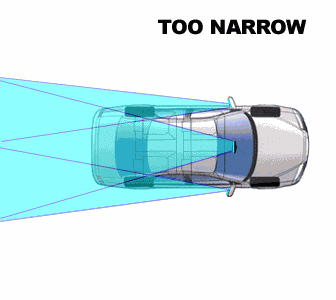
Image from SmartMotorist.com
2. Stop a safe distance from the car ahead of you
Make sure you can see where the wheels of the car ahead of you touch the ground when stopping at a robot or stop street. “If a car drives into you from behind, you won’t crash into the car in front of you,” says Charl, “And it gives you room to move away if something happens.”
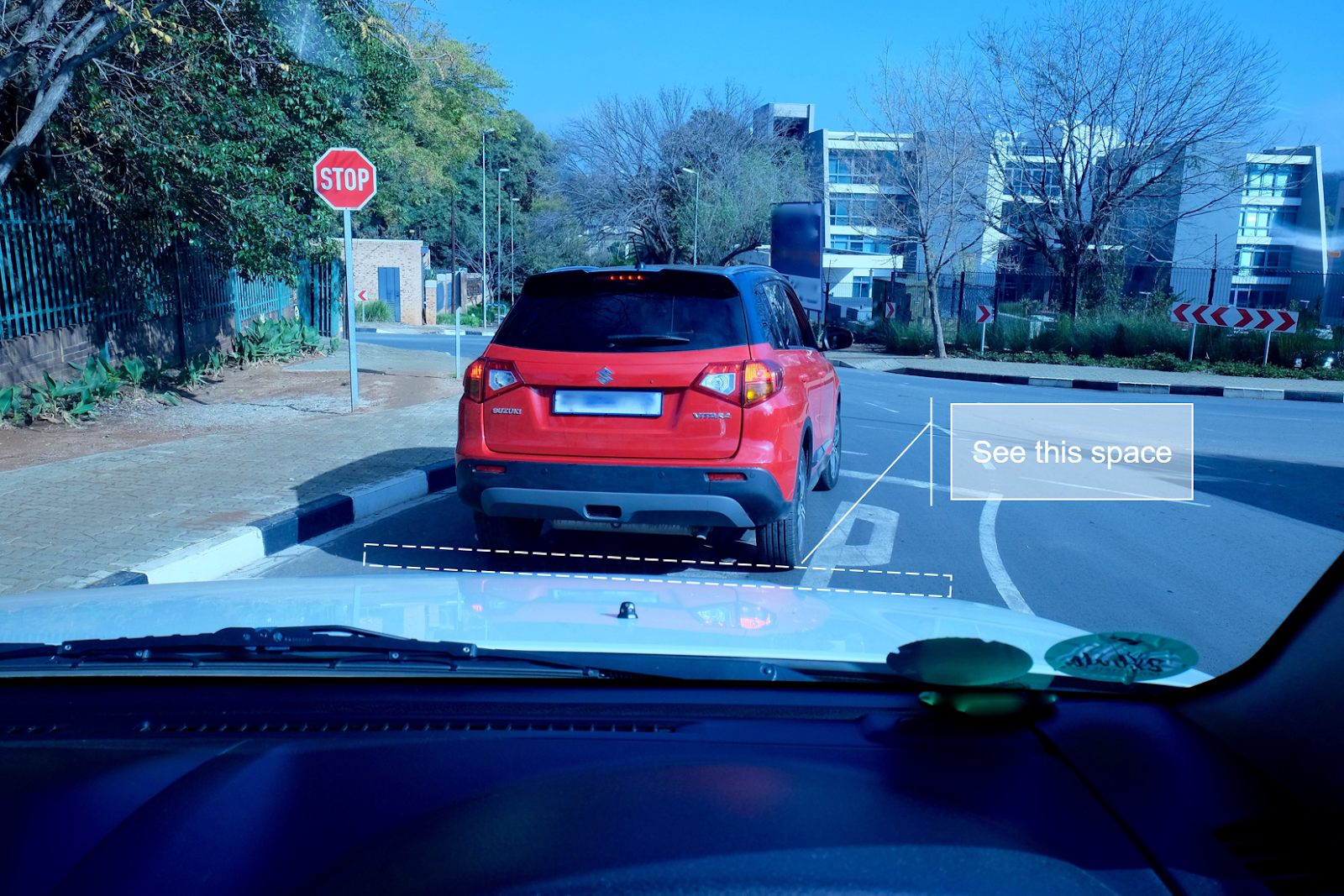
3. Keep a safe following distance
Most people know to keep a healthy following distance from the car ahead, but few realise, as Charl says, “your stopping distance increases exponentially with speed and weight.” The heavier your car and the faster it’s going, the more distance you need to leave between you and the car in front of you. We’re not talking just a little bit more either. . .
The below diagram indicates your braking distance according to the speed you’re travelling (this doesn’t account for the weight of your car).
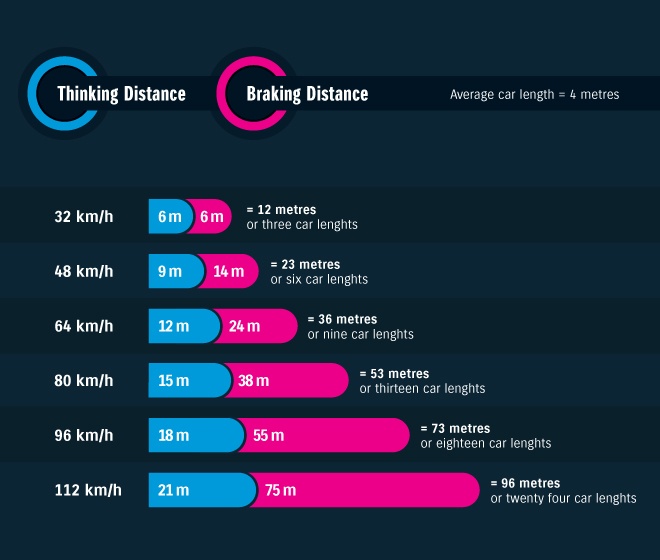
If your car is heavily loaded (if you’re going on a family holiday for example), these distances increase even more.
4. Keep your car’s headlights on all the time
“More and more cars come with daytime running lights because it makes your car more visible on the road,” says Charl, “Darker coloured cars, grey and dark silver especially, are hard to see on the road because they’re the same colour as the tar. White cars are more visible.”
5. Don’t be afraid to slam on brakes
With ABS brakes installed in pretty much all cars on the road, don’t be afraid to slam down if you need to. The juddering, shuddering noise and movement of the car when the brakes are fully engaged actually means the ABS system is working. The advantage of ABS brakes is with the braking and releasing mechanism that causes the juddering feel, you can actually swerve around a danger without fear of skidding or your wheels locking. Use those brakes.
6. Stay alert and vigilant at all times
Says Charl, “Anything unpredictable on the roads is a risk.” Drunk pedestrians, driving near a school, overloaded vehicles and animals are all elements that need an extra level of alertness because they could act unexpectedly. “Actively judge what level of risk each of these could pose and adjust your driving accordingly,” he adds.
7. Beware of trucks and bulky vehicles
It’s not the drivers that pose a risk, but the nature of the vehicles themselves. A heavy truck has more momentum behind it, a far longer stopping distance and far less chance of reacting to a danger in real time than a smaller car. There’s even a chance a truck’s brakes could fail on something like a downhill. “Be ready to overtake them if you need to, and rather take the risk of speeding up slightly to put the truck behind you than drive alongside or behind it,” says Charl.
8. Check your tyre pressure regularly
This is absolutely crucial and the easiest thing in the world to check, says Charl. Check your tyre pressure against the recommended numbers located in the driver’s door, on the B-pillar, and it’s best to keep a tyre pressure gauge handy that you know is accurate. Charl says, “Your tyre is the only part of your car that actually has contact with the road, and it has such a huge impact on your driving.” An under-inflated tyre will overheat, decrease your turning circle and possibly blow out, and an over inflated tyre will put strain on the rubber and wear out sooner, and also faces the risk of blowing out.
9. Check your head rest height
Most people don’t pay attention to this detail, but have you checked that your head rests are correctly adjusted? “The top of your ear should reach the middle of your head rest,” says Charl. If you’re tall, put it at the highest setting. The head rest was designed to protect your neck against serious braking and whiplash if hit from behind, and not to actually rest your head upon.
10. Leave early for appointments.
Rushing often leads to speeding and other careless driver behaviours, and driving like a stunt driver from the Fast and the Furious is the quickest way to cause an accident. Leaving 15 minutes early allows you to take your time, without fear of running late.
11. Make sure the kids are settled.
If you have small children, make sure they’re safely buckled into car seats and not standing or moving around the vehicle. Not only is this distracting for you as the driver but, if you slam on brakes, your child is at risk of flying through the windscreen or window (causing serious injury or even death).
12. Get a good night’s sleep.
When you’re tired, even a seemingly short drive can lead to drowsiness. If you do feel your eyelids getting heavy, stop at your nearest garage and stretch your legs. This is especially important for long-distance driving (for example, on a family road trip). If you know that you’re going to be doing a lot of driving, make sure you’re well-rested so you don’t fall asleep behind the wheel.
13. Service your car regularly.
When it comes to your safety, driver behaviour is only one piece of the puzzle. The second aspect is vehicle maintenance. A poorly maintained vehicle is dangerous not only to you and your passengers, but also to other motorists and pedestrians on the road. During your car services, your dealer will ensure that everything is in working order so that you don’t experience any dangerous mechanical or electrical failures.
Keep this infographic on hand and stay safe while driving on our roads. Get the infographic emailed to you for easy reference.
Explore our service and maintenance guide will help you troubleshoot some common car problems, so that you know whether or not you need to contact a mechanic. It also covers a variety of driver safety tips to keep you and your loved ones safe on the road.
Featured image source: Arrive Alive












